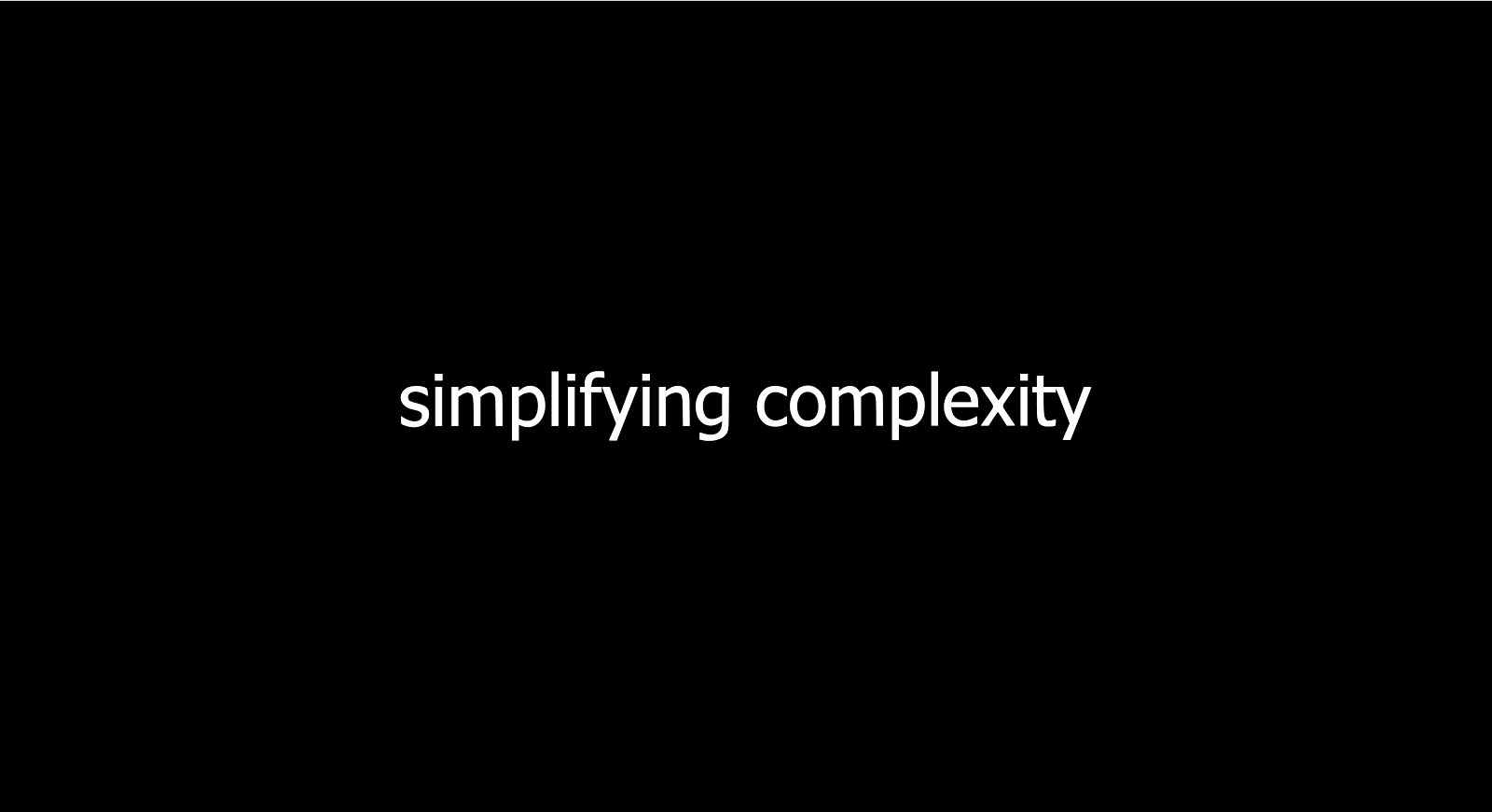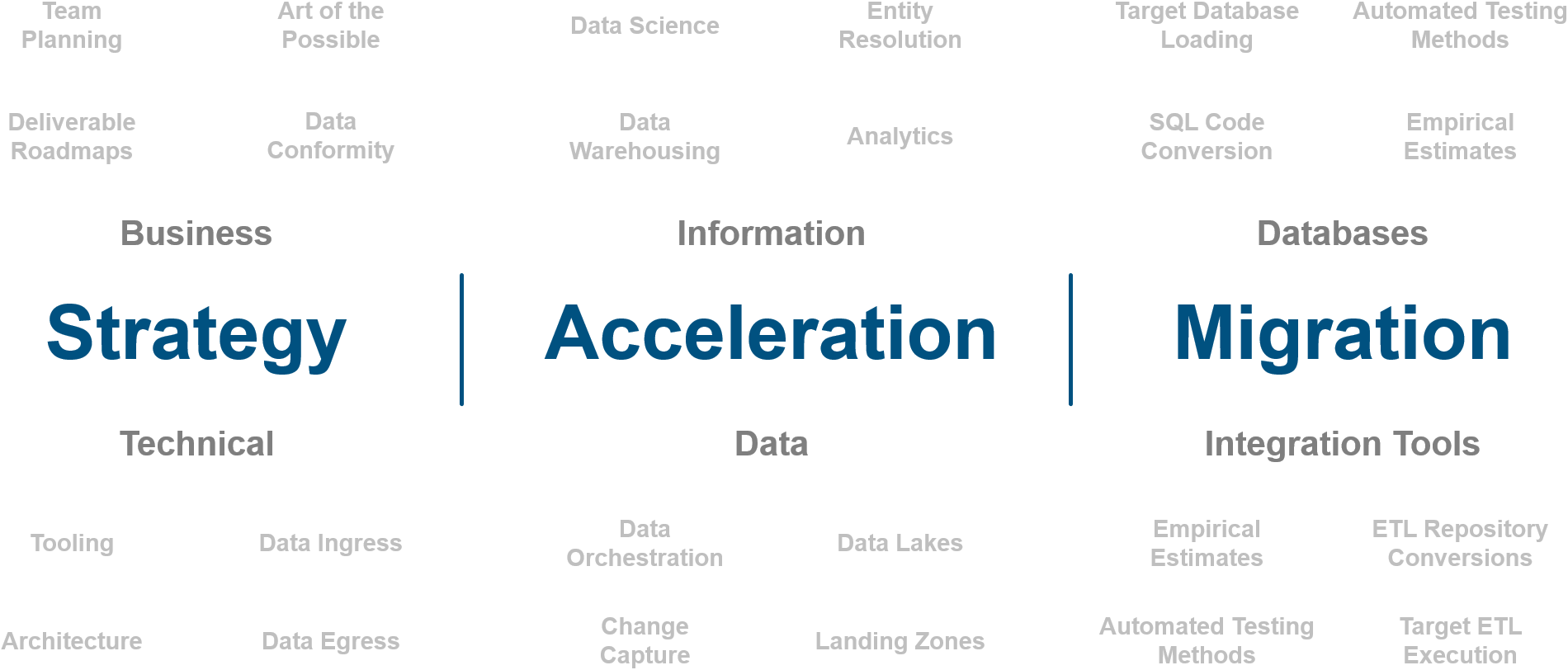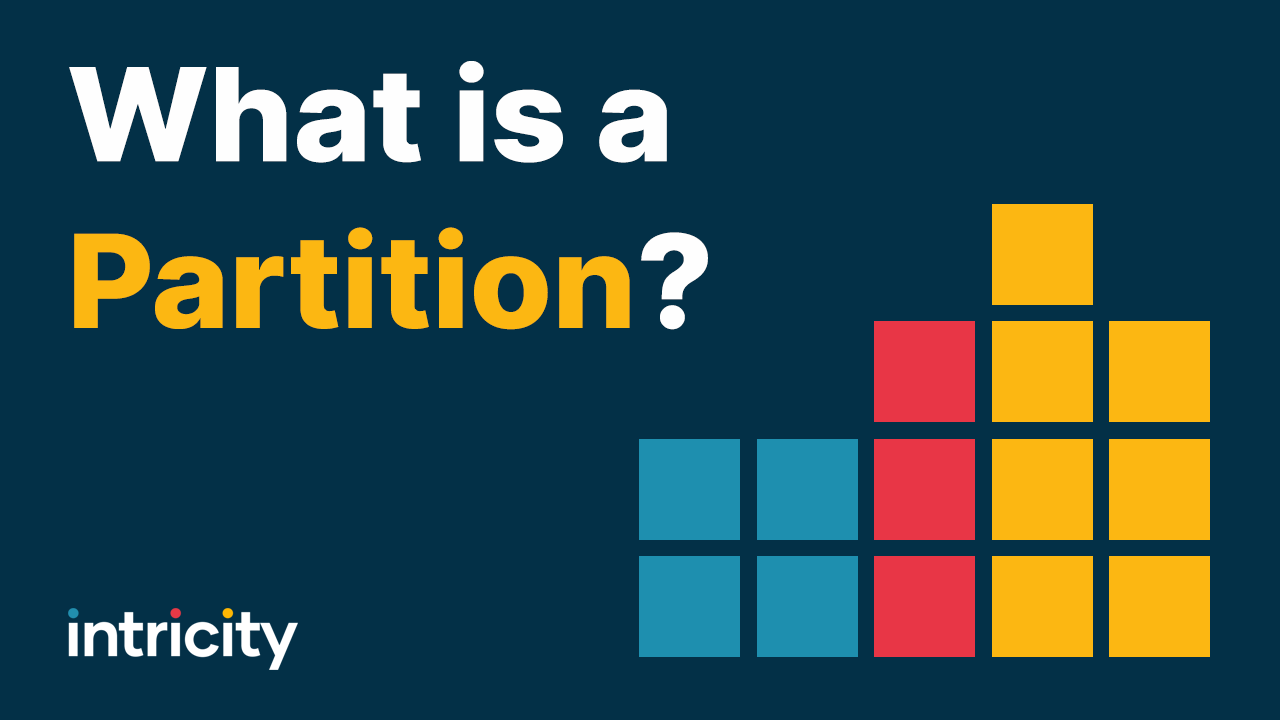
What is a Partition?
Written by Jared Hillam
Understanding the concept of database partitioning can be significantly illuminated by the historical context of hard drive defragmentation. In the era of mechanical hard drives, defragmentation was a critical process to enhance computer performance. This process involved rearranging the data on the drive so that related data segments were positioned in closer physical proximity, reducing the need for the read/write head to move extensively across the platter. This analogy beautifully transitions into the realm of database systems, where the proximity of data—though conceptually different—plays a pivotal role in query performance, particularly as data sets grow in size and complexity.
Use-Case-Oriented Partition Strategy Example
The most typical partitioning method organizes data logically to streamline access and query performance. Partitioning enables databases to effectively segregate data into subsets that can be independently managed and queried. This segmentation allows for quicker data retrieval by limiting the search space, thus significantly improving the efficiency of database operations, especially for large-scale data environments. We would call this a use-case-oriented approach.
Within the landscape of cloud data platforms which could have an unlimited amount of data, such partitioning strategies are essential for optimizing at such scale. The use-case-oriented partition strategy, as highlighted, leverages the intrinsic attributes of data—such as geographical location or categorical classifications—to segment data logically. This approach ensures that queries are expedient by confining the search to relevant partitions, thereby reducing the overall data scanned.
An enhanced explanation of this strategy could delve into more intricate examples to illustrate its efficacy:
- Geographical Partitioning for E-commerce
An e-commerce platform might partition its transactional data by country or region to expedite access to sales information relevant to localized marketing strategies. This partitioning not only speeds up query times but also aligns data organization with business operations, facilitating region-specific analysis and decision-making. - Categorical Partitioning in Healthcare
A healthcare information system could segment patient records based on medical specialties (e.g., cardiology, neurology, orthopedics). This partitioning allows healthcare professionals to quickly access relevant patient data and historical records within their specialty, enhancing the efficiency of patient care and research activities.
Furthermore, the concept of hierarchical partitioning—where data is partitioned by multiple, nested attributes (such as partitioning by state and then by city within each state)—can be elaborated upon to showcase the depth of flexibility and optimization possible. This layered approach allows for even more precise targeting of data queries, significantly reducing the amount of data to be scanned and thus, the time to retrieve results. For instance, a national retail chain analyzing sales data could benefit immensely from such a strategy. By partitioning data first by state and then by city, the company could quickly access sales figures for specific regions, enabling targeted marketing campaigns, inventory management, and strategic planning at both a macro and micro level.
Choosing Partition Keys
However, it's crucial to choose partition keys wisely. Selecting an attribute with a broad range of values, such as a User ID, could lead to an excessive number of small partitions, negating the benefits of partitioning by causing a "partition explosion." This scenario can lead to increased management overhead and potentially degrade performance, contrary to the intended goal of optimization. Instead, attributes with a relatively contained range of distinct values, which align with common query patterns, should be prioritized to ensure that the partitioning strategy enhances data access speeds and system efficiency.
Partitioning Turned Inside Out
The exploration of database partitioning strategies extends into an innovative method we’ll call storage-contained partitioning. This approach fundamentally reimagines the criteria for data segmentation, focusing on the allocated storage space for each partition. The defining characteristic of this method is the imposition of a strict storage limit on each partition, typically ranging from the very modest sizes of 50-500 MB when data is uncompressed. With the application of modern data compression techniques, these partitions may occupy even smaller footprints, often in the tens of megabytes.
Synergy of Storage-Contained Partitioning and Columnar Storage
Integrating storage-contained partitioning with columnar data representation transforms the efficiency of data queries. Columnar storage, which organizes data by columns rather than rows, already optimizes for query speed and data compression. When combined with the granular partitioning of the storage-contained method, it further enhances query precision. This is achieved through the maintenance of minimum and maximum value indicators for each partition, allowing the query engine to selectively access only the partitions that fall within the desired value range. This selective accessibility dramatically reduces the amount of data that needs to be scanned, streamlining query operations.
The Challenge of Fragmented Partitions
However, this method introduces a challenge akin to the fragmentation issue in traditional hard drives. Data updates or new data additions can lead to the values in these efficiently sized partitions being scattered across the partitions. Consequently, what should be a streamlined query process can become cumbersome, potentially requiring the query engine to access hundreds or even thousands of little partitions. This fragmentation underscores the necessity for a process similar to defragmentation, here in the form of data reclustering. Reclustering ensures that data is organized in a way that minimizes the number of partitions accessed by maintaining contiguous min/max value ranges, thereby achieving remarkable query speeds.
Integrating Effective Table Architecture
The efficiency of storage-contained partitioning is not solely dependent on the partitioning method itself but also on the broader context of table architecture. An effective table architecture complements the partitioning strategy by ensuring data is organized, stored, and accessed in the most efficient manner possible. This involves considerations like the optimal structure of tables and the relationship between different data entities. Together, these elements form a comprehensive approach to managing large datasets, where the physical and logical organization of data is tailored to support high-performance computing tasks.
Which is Right for You?
In the broader landscape of data management, understanding the nuances of both use-case-oriented and storage-contained partitioning methods illuminates the path toward optimizing database performance. Each strategy has its unique advantages and application scenarios, with the choice between them often depending on specific data characteristics, query requirements, and the overarching goals of the data management system. Storage-contained systems for example are far easier to get started with as there is no partitioning work needed at the outset. Use-case-oriented partitioning on the other hand requires less reclustering later on as the partition happens in strict categories.
If your organization is seeking to adopt modern cloud storage for your data assets, we recommend you reach out to Intricity to talk with a specialist.
Who is Intricity?
Intricity is a specialized selection of over 100 Data Management Professionals, with offices located across the USA and Headquarters in New York City. Our team of experts has implemented in a variety of Industries including, Healthcare, Insurance, Manufacturing, Financial Services, Media, Pharmaceutical, Retail, and others. Intricity is uniquely positioned as a partner to the business that deeply understands what makes the data tick. This joint knowledge and acumen has positioned Intricity to beat out its Big 4 competitors time and time again. Intricity’s area of expertise spans the entirety of the information lifecycle. This means when you’re problem involves data; Intricity will be a trusted partner. Intricity's services cover a broad range of data-to-information engineering needs:
What Makes Intricity Different?
While Intricity conducts highly intricate and complex data management projects, Intricity is first a foremost a Business User Centric consulting company. Our internal slogan is to Simplify Complexity. This means that we take complex data management challenges and not only make them understandable to the business but also make them easier to operate. Intricity does this through using tools and techniques that are familiar to business people but adapted for IT content.
Thought Leadership
Intricity authors a highly sought after Data Management Video Series targeted towards Business Stakeholders at https://www.intricity.com/videos. These videos are used in universities across the world. Here is a small set of universities leveraging Intricity’s videos as a teaching tool:

Talk With a Specialist
If you would like to talk with an Intricity Specialist about your particular scenario, don’t hesitate to reach out to us. You can write us an email: specialist@intricity.com
(C) 2023 by Intricity, LLC
This content is the sole property of Intricity LLC. No reproduction can be made without Intricity's explicit consent.
Intricity, LLC. 244 Fifth Avenue Suite 2026 New York, NY 10001
Phone: 212.461.1100 • Fax: 212.461.1110 • Website: www.intricity.com

Sample@gmail.com appears invalid. We can send you a quick validation email to confirm it's yours

